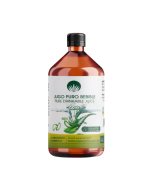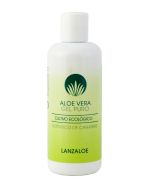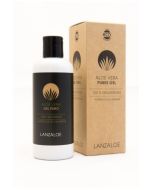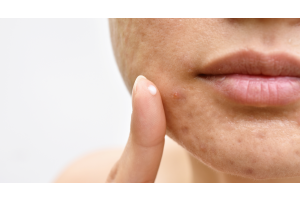Local Storage seems to be disabled in your browser.
For the best experience on our site, be sure to turn on Local Storage in your browser.
History of Aloe vera in the Canary Islands
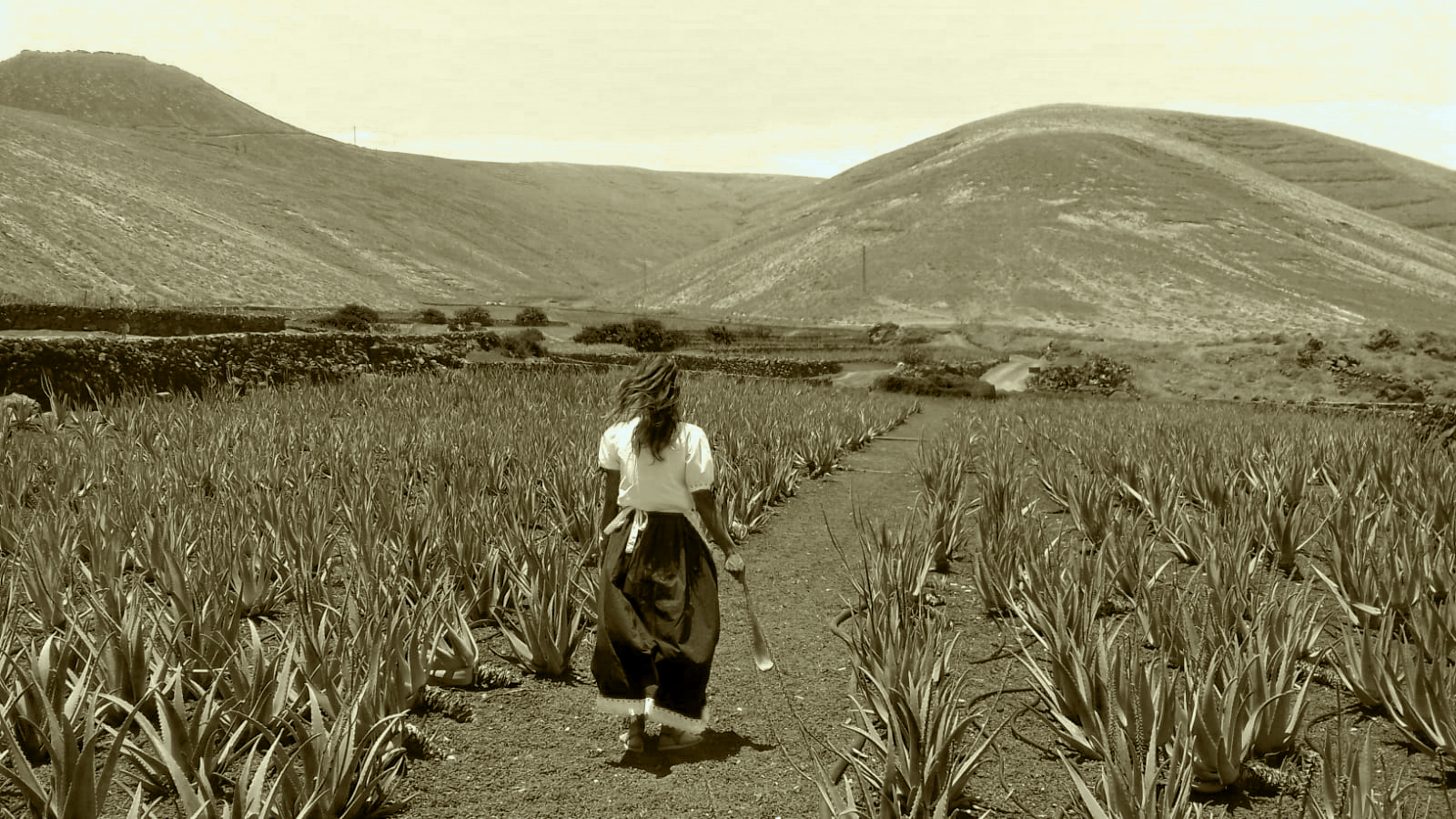
Birth of Aloe vera
The use of Aloe vera is documented among the most prominent chroniclers of antiquity. The oldest civilizations considered it as a "miraculous plant" or "plant of immortality".
There are historical references to its remote use in China, around 2,700 B.C. However, the oldest news epigráfica about its medicinal use is recorded in tablets found in Sumeria, dating from about 2100 B.C.
Later references are in Hindu Ayurveda, which in the years 700 B.C. includes different therapeutic applications.
The Arabs, great lovers of the plant, took it in their campaigns and, at the end of the reconquest, left extensive plantations in the Peninsula.
Aloe vera in the Islands
The first historical references to the presence and use of Aloe plants in the Canary Islands are due to the botanical and naturalist scholars Philip B. Webb and Sabino Berthelot (1844-50), as well as to the remarkable Canarian polygraph José de Viera y Clavijo (1866-69). The first ones, gather in their catalogue on the plants of the archipelago the species Aloe vera, that include in the tribe Aloineae of the family Liliaceae. They provide a brief description of the plant, some synonyms, and, with regard to the habitat, they indicate that it is not uncommon in the "maritime regions of the islands", an environmental expression commonly used to refer to the low and thermal zone of the Canary archipelago.
Pitard & Proust refer to Aloe vera that is:
"Very frequent in the warm and sunny maritime rocks of all the islands, except Graciosa and Alegranza. Probably originating in Jamaica; naturalized in Algeria, Tunisia, "Tripolitania", southern Spain, Sicily, Malta, Greece, Syria and Egypt".
Much more recently, in successive catalogues of vascular plants the species has always been mentioned for the Canary Islands, except for the islands of La Palma and El Hierro, either as Aloe barbadensis, Aloe vulgaris or Aloe vera, names by which reference is made to this plant.
Santos (1983), when dealing with Aloe vera, indicates that it originates from southern Arabia and tropical eastern Africa and that it is naturalized in the Mediterranean region, Madeira and Cape Verde, with presence in all the Canary Islands.
Distribution and ecology
Although the geographical origin of the species is doubtful to some extent, most of the publications consulted indicate that it is a tropical plant, from arid and warm areas of the African continent, Madagascar and Arabia. It is very common in South Africa, specifically in the Cape floristic kingdom. It is also known as a subspontaneous in the southern shores of the Mediterranean, as well as in several areas of the Caribbean (Barbados, Curação, Jamaica, Cuba, etc.), central and southern America, some areas of the United States and in several Asian countries: Pakistan, India, China, Cambodia, Thailand and the Philippines.
In the Canary Islands, most authors consider that this species was introduced for its medicinal value. However, some do not rule out the possibility that it is also native to the Macaronesian archipelagos: the Canary Islands, Madeira and Cape Verde. Prudence calls for doubt, although we are inclined to think that its presence in the Canary Islands and the rest of Macaronesia is more clearly due to cultural reasons than to natural biogeographical reasons. Nowadays it is present in all the islands, cultivated or naturalized.
Ethnobotany
The ancient aborigines of the Canary Islands already knew, apparently, the medicinal virtues of the plant, which advocates its presence in the archipelago since pre-Hispanic times.
Its traditional use in the Canary Islands is connected with Mediterranean culture, being used as a laxative or purgative bitter tonic (internal use), and more frequently in external use as a derma or vulnerary, to cure eczema, burns, and so on. Its current use is more linked to manufactured products (gels, creams, shampoos, etc.), although the notable commercial success of these products has also acted as a dynamiser of traditional uses, making the presence of Aloe plants cultivated in gardens, orchards or pots habitual once again.
Finally, the species continues to be used as an ornamental in many gardens, both in urban areas and in roundabouts, gardeners and marginal areas of the archipelago's road system. In the domestic environment, in addition to its ornamental attractiveness, it is practical to always have an Aloe vera plant cultivated in a pot as a curative remedy.
Lanzaloe is a pioneering company in the cultivation and processing of Aloe vera in the Canary Islands and the only one to perform all this process on the island of Lanzarote since 2001.
Fountains:
- Wilfredo Wildpret de la Torre, Consuelo E. Hernández Padrón,Pedro Luis Pérez de Paz (Depto de Biología Vegetal de la Universidad de La Laguna) - Aloe Vera en Canarias
- Philip B. Webb y Sabino Berthelot - Histoire Naturelle des Iles Canaries (volumen III: 2a parte; sección 3a, dedicado al estudio de las monocotiledóneas)
- Pitard & Proust (1908), - Les Îles Canaries. Flore de l’Archipel (reedición del año 1973)
- Eriksson et al., 1979; Hansen & Sunding, 1985, 1993 - Flora of Macaronesia. Checklist of vascular plants
- Pérez de Paz & Hernández Padrón, 1999 - Plantas medicinales o utiles en la flora canaria
